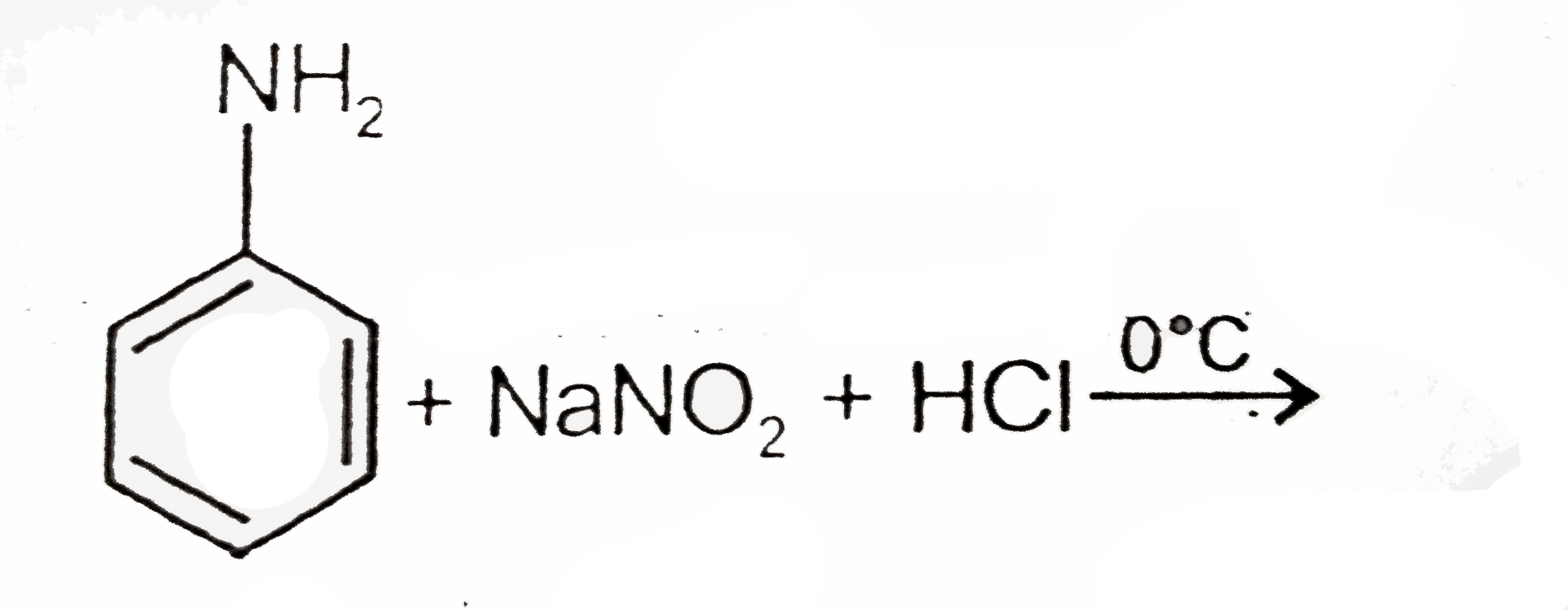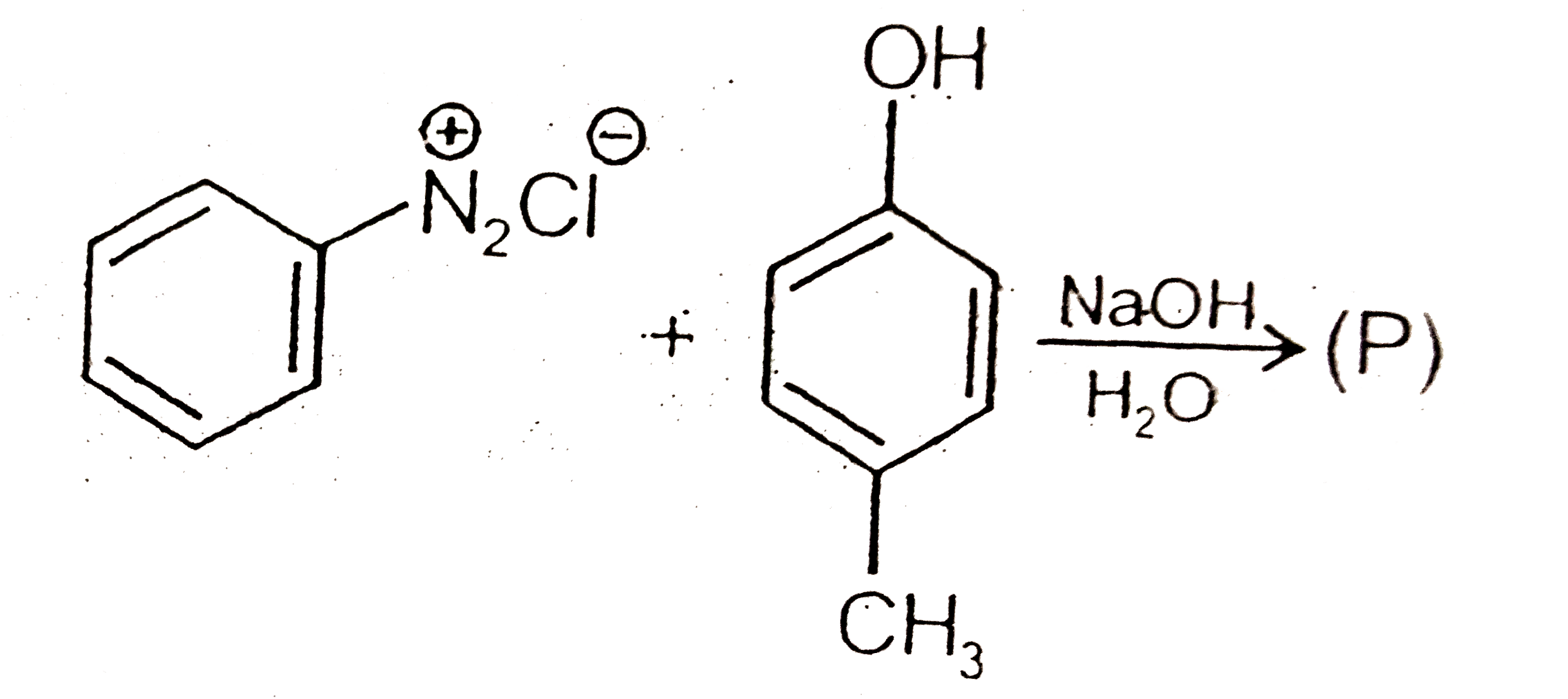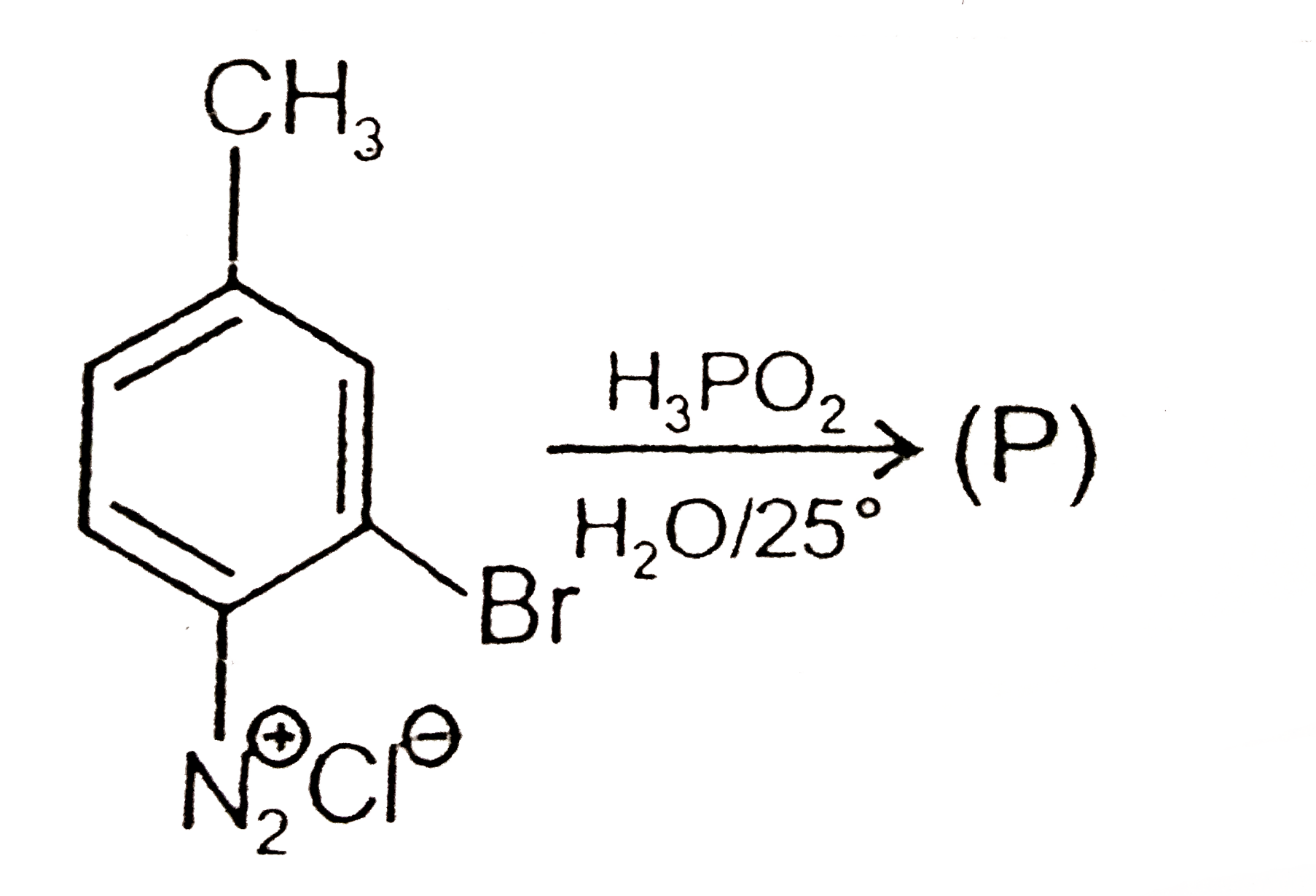Coupling Reaction
Step-by-Step Solution for Coupling Reaction
Step 1: Understanding Coupling Reactions
Coupling reactions typically involve diazonium salts, which are compounds containing a diazonium group (N2^+). These salts can react with various aromatic compounds to form azo compounds.
Step 2: Example of a Coupling Reaction
Consider the coupling of diazonium chloride (Ar-N2^+Cl^-) with a phenolic compound (e.g., phenol or substituted phenol). The diazonium salt acts as an electrophile in this reaction.
Step 3: Electrophilic Attack
The electrophilic nitrogen in the diazonium salt can attack the aromatic ring of the phenolic compound. The phenolic compound has an -OH group, which is an activating group that directs electrophilic substitution to the ortho and para positions of the aromatic ring.
Step 4: Resonance Structures of Diazonium Ion
The diazonium ion can be represented by two resonance structures. In one structure, the positive charge is on the terminal nitrogen, while in the other, it is on the nitrogen adjacent to the aromatic ring. This resonance stabilizes the diazonium ion and enhances its electrophilic character.
Step 5: Ortho and Para Attack
When the diazonium ion approaches the phenol, it can attack either the ortho or para position. However, due to steric hindrance caused by the bulky -OH group, the ortho position is less favorable. Therefore, the electrophile predominantly attacks the para position.
Step 6: Formation of the Major Product
The product formed from the coupling reaction will primarily be the para-substituted product due to the reasons mentioned above. This product is an azo compound, which is characterized by the presence of the -N=N- linkage.
Step 7: Conclusion
The coupling reaction between diazonium salts and phenolic compounds is a classic example of electrophilic aromatic substitution, where the position of substitution is influenced by the activating and directing effects of substituents on the aromatic ring.
---
Coupling reactions typically involve diazonium salts, which are compounds containing a diazonium group (N2^+). These salts can react with various aromatic compounds to form azo compounds.
Consider the coupling of diazonium chloride (Ar-N2^+Cl^-) with a phenolic compound (e.g., phenol or substituted phenol). The diazonium salt acts as an electrophile in this reaction.
The electrophilic nitrogen in the diazonium salt can attack the aromatic ring of the phenolic compound. The phenolic compound has an -OH group, which is an activating group that directs electrophilic substitution to the ortho and para positions of the aromatic ring.
The diazonium ion can be represented by two resonance structures. In one structure, the positive charge is on the terminal nitrogen, while in the other, it is on the nitrogen adjacent to the aromatic ring. This resonance stabilizes the diazonium ion and enhances its electrophilic character.
When the diazonium ion approaches the phenol, it can attack either the ortho or para position. However, due to steric hindrance caused by the bulky -OH group, the ortho position is less favorable. Therefore, the electrophile predominantly attacks the para position.
The product formed from the coupling reaction will primarily be the para-substituted product due to the reasons mentioned above. This product is an azo compound, which is characterized by the presence of the -N=N- linkage.
The coupling reaction between diazonium salts and phenolic compounds is a classic example of electrophilic aromatic substitution, where the position of substitution is influenced by the activating and directing effects of substituents on the aromatic ring.
Topper's Solved these Questions
Similar Questions
Arenediazonium ion are weak electrophiles, they react with highly reactive aromatic compounds with phenols and tertiary aryl amines to yeild azo compounds. This electrophilic substitution is often called a diazo coupling reaction.
What is the major product of given reaction?

View SolutionArenediazonium ion are weak electrophiles, they react with highly reactive aromatic compounds with phenols and tertiary aryl amines to yeild azo compounds. This electrophilic substitution is often called a diazo coupling reaction.
What is the major product of given reaction?

View Solution
Knowledge Check
Under the reaction condition (acidic, basic) the coupling reaction of aryl diazonium chloride with aniline is carried out?
A B
B C
C D
D
For perfectly coupled coils, the coupling coefficient should be equal to
AoneBzeroCinfiniteDmore than one
Arenediazonium ion are weak electrophiles, they react with highly reactive aromatic compounds with phenols and tertiary aryl amines to yeild azo compounds. This electrophilic substitution is often called a diazo coupling reaction.
What is the major product of given reaction?

The product (P) is
View SolutionThe product of the reaction of ethyl iodide with Zn-Cu couple/alcohol can also be prepared by the following reaction.
View SolutionAt 1250K
2FeO(s)→2Fe(s)+O2(g), ΔG=+320kJmol−1 of O2
2C(s)+O2(g)→2CO(g), ΔG=−430kJmol−1 of O2
The following coupled reaction is spontaneous because
2FeO(s)+2C(s)→2Fe(s)+2CO(g)
View SolutionComplete the following reactions :
C2H5I+2'[H]Zn−Cu−−−−−−−−→Couple alcohol...........+...........
View SolutionAssertion:The couple acting on a body is not equal to the rotational KE of the body
Reason: Couple and KE have different dimensions
View SolutionCoupling and repulsion theory of linkage was given by
View Solution